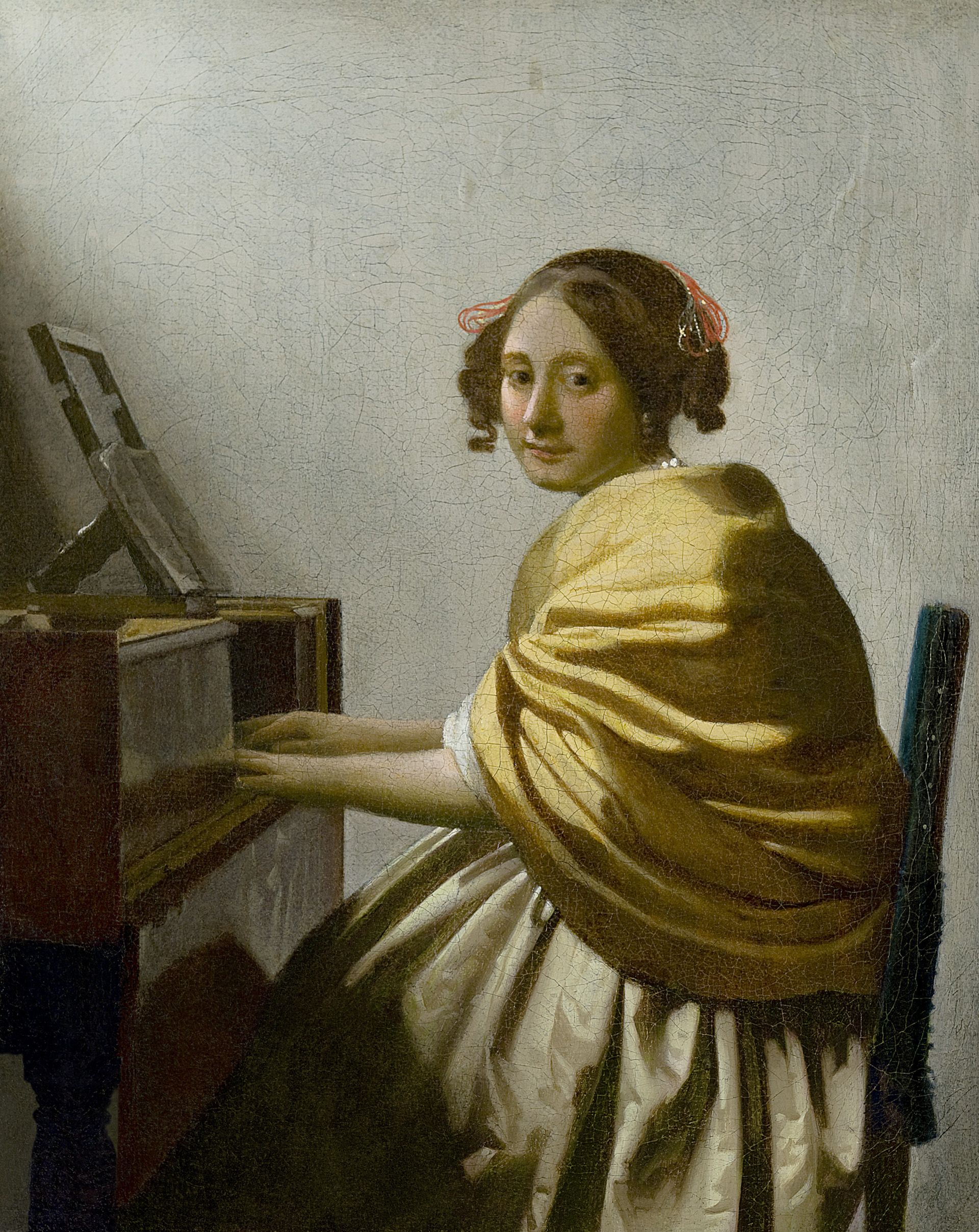The Rijksmuseum in Amsterdam is planning the largest exhibition ever on Vermeer, to be held in 2023. Until now the most ambitious show was organised by the Mauritshuis in The Hague in 1996, with 23 paintings.
Taco Dibbits, the Rijksmuseum’s general director, tells us that he expects to get 24 pictures for Johannes Vermeer—and hopefully even a few more. With a total oeuvre of around 35 works by the Dutch artist, persuasive arguments need to be made for every loan request.
Astonishingly, the Rijksmuseum—the Dutch national museum, which owns four Vermeers—has never held a monographic exhibition on the artist since its establishment in the 19th century. Dibbits believes that this is partly because the museum has always focussed primarily on Rembrandt, mainly since it owns The Night Watch (1642).
Although exhibitions are not normally announced so far in advance, shows on Johannes Vermeer (1632-75) take many years to organise. The Amsterdam dates will be 10 February-4 June 2023.
The time is now right, Dibbits believes, for another retrospective, more than a quarter of a century after the Mauritshuis show: “We have a new generation of curators who are asking different questions and discovering different things.”

Johannes Vermeer, The Milkmaid (around 1660) from the Rijksmuseum
So what Vermeers have been promised? The Rijksmuseum’s paintings includeThe Little Street (around 1658) and The Milkmaid (1660). The Mauritshuis and the Rijksmuseum many years ago saw themselves as competitors over the Golden Age. But Martine Gosselink, who took over as the Mauritshuis general director last year, is an enthusiastic collaborator and has promised their three pictures, including The Girl with the Pearl Earring (1665): “We will miss her terribly, but a Vermeer exhibition without The Girl is simply not a Vermeer exhibition.”
Other loans include Girl Reading a Letter at the Open Window (1657-59, Gemäldegalerie Alte Meister, Dresden), Woman Holding a Balance (around 1664, National Gallery of Art, Washington, DC), Woman Writing a Letter with her Maid (around 1667, National Gallery of Ireland, Dublin) and The Geographer (1669, Städel Museum, Frankfurt).
In addition to the 35 long-established Vermeers, there is a relatively recent rediscovery,Young Woman Seated at a Virginal (around 1670-72). This was rejected for most of the 20th century, but it emerged at Sotheby’s in 2004, when with new research it was fully authenticated and sold for £16m. After being bought by the casino boss Steve Wynn it was later acquired in 2008 by Thomas and Daphne Kaplan, who own the New York-based privately owned Leiden Collection.
Dibits regards Young Woman Seated at a Virginal as a “fascinating picture”, but more research needs to be done on it. Planned work has been delayed slightly because of Covid.

Johannes Vermeer, Young Woman Seated at a Virginal (around 1670-72), is in the Leiden Collection, New York
In conjunction with the exhibition planning, all seven of the Dutch Vermeers are being subjected to a detailed technical analysis. As Dibbits points out, “we now have new ways to look under the surface of the paintings, which is telling us much more about the way the artist carefully planned and constructed his pictures”. Current conservation work on The Night Watch has shown what can be achieved. The Vermeer exhibition research has also benefitted from the recent restoration of Dresden’s Girl Reading a Letter at the Open Window.
But what would be the greatest addition for the Amsterdam show? That would be the reemergence ofThe Concert (1663-66), stolen from Boston’s Isabella Stewart Gardner Museum in 1990. Although the chances of it being recovered are now slim, it might still turn up. Dibbits agrees that its recovery and public display would be “fantastic”.
Along with the Rijksmuseum show, Vermeer’s home town of Delft will also be celebrating their most famous son. The Museum Prinsenhof Delft is to hold an exhibition onThe Delft of Vermeer (10 February-4 June 2023), to provide a context for the Amsterdam retrospective.


